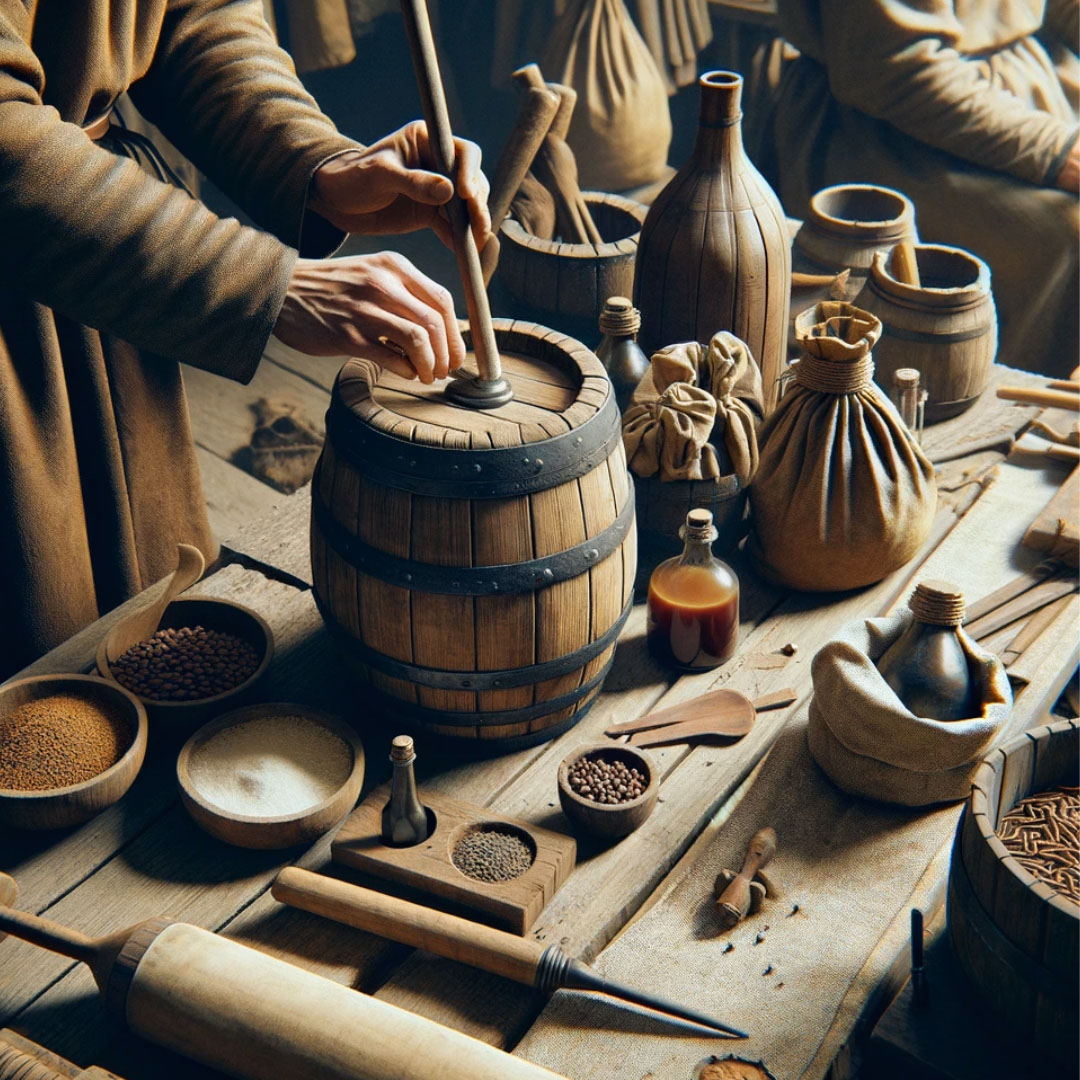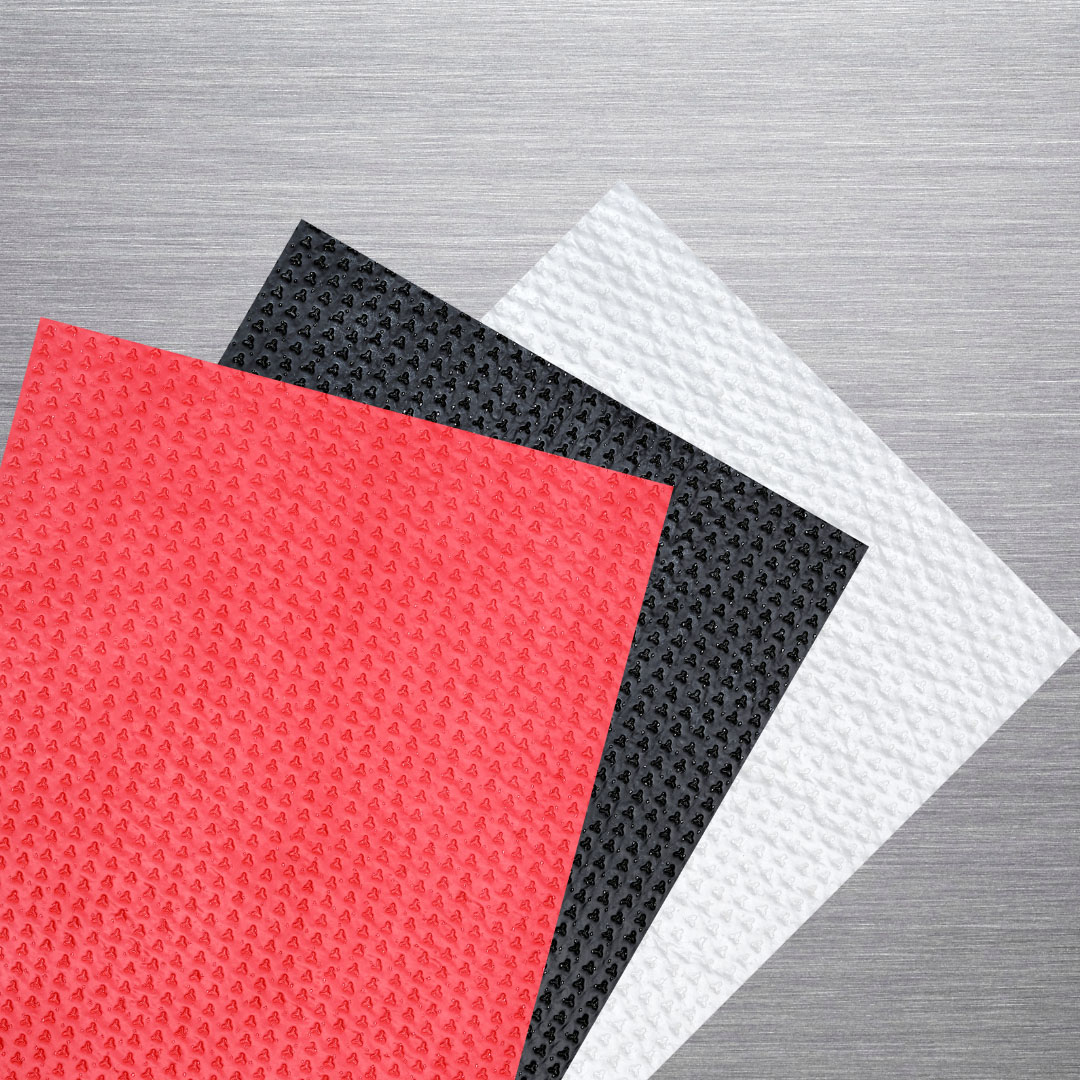
The evolution of food packaging: a journey through Egyptian, Greek and Roman antiquity
In ancient times, food packaging was not only a means to preserve food, but also an art form and evidence of the complex cultures of the time. The most important Mediterranean civilizations of antiquity, the Egyptians, Greeks, and Romans, contributed significantly to its evolution, each with their techniques and materials.
In ancient Egypt, prosperity depended on the fertility of the Nile and the ability to conserve food resources, using innovative modes of preservation. “Amphoriskoi” were ceramic vessels similar to Greek amphorae, but adapted to Egyptian needs, and ideal for protecting foodstuffs from sand and heat. For such liquids as olive oil and wine, the Egyptians developed waterproof, lightweight but sturdy papyrus flasks which were sealed with wooden or resin stoppers. For spices, herbs, and dry goods, hand-sewn cloth bags were common, often customized with decorations.
In ancient Greece, food packaging was essential for the trade and preservation of their distinctive products. Amphorae and olpes, ceramic vessels sealed with wax or resin, were used for olive oil, wine, and grains to ensure the freshness of the contents. Many amphorae were marked or labelled to indicate the contents, the producer, and the origin. These marks were written in such a way as to be legible both vertically and horizontally.
The Romans inherited and adapted many of the food packaging techniques of the Greeks, but they also brought significant innovations. Roman amphorae had more uniform shapes and flat bases, which facilitated their stacking and transport over long distances, thus contributing to the expansion of Roman trade. Glass containers were also used for products such as sauces and seasonings, while pottery continued to be popular, especially for olive oil.
These three major ancient civilizations left a significant legacy in the history of food packaging. Their techniques and materials influenced the centuries to come, showing how the art of packaging was crucial not only to food preservation but also to the trade and culture of past ages.







